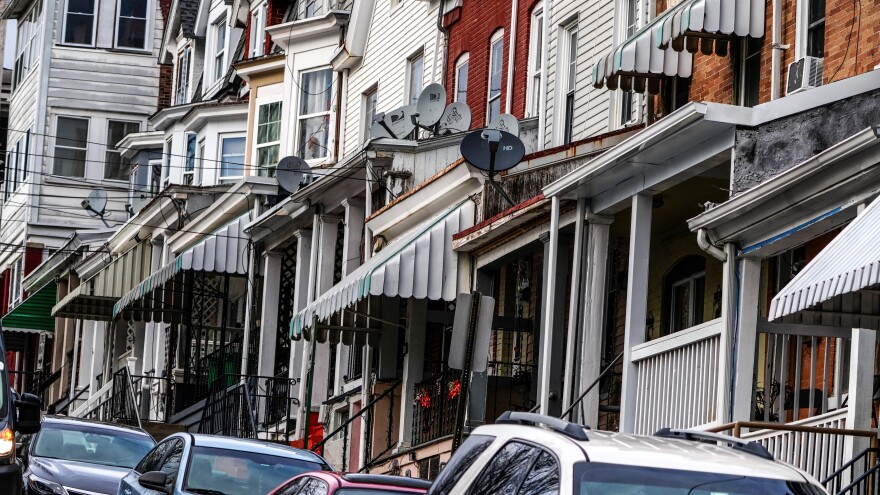ALLENTOWN, Pa. — A recently renovated problem apartment near downtown Allentown soon could be home to young people working to build a financial foundation for their lives.
Allentown Redevelopment Authority inherited a three-story building in the 300 block of North Ninth Street.
Its first-floor unit needed multiple repairs because of recurring water leaks, but now it's “completely fixed” and is ready to hit the rental market, according to Kelly McEllroy, an Allentown employee who supports the authority’s work.
But a potential partnership with Valley Youth House could see the apartment become a form of subsidized, transitional housing for its clients while providing “steady income” for the authority, she said.
The Bethlehem-based nonprofit is ready to pay close-to-market-rate rents for the apartment, which is not income restricted, McEllroy said.
‘Safer’ option?
Vicky Kistler, who runs Allentown’s department of community and economic development, backed the potential partnership during the Redevelopment Authority’s meeting last week.
It could be “a little safer” for the authority to work with Valley Youth House, which would pay part of the tenant’s rent while helping them earn financial independence, she said.
“I like the idea that these [tenants] have spent time working with Valley Youth House and … they're willing to take a risk on them."Vicky Kistler, director, Department of Community and Economic Development
The nonprofit also would help pay for any damage caused by tenants and perform weekly inspections, which would help the authority avoid “any nightmares” — such as more leaks — at the property, Kistler said.
“Some of those assurances made me feel as though we're almost getting a case-managed client through the process,” she said.
The authority is likely to get a higher success rate from tenants vetted by Valley Youth House than posting “an advertisement and doing something based on a credit rating,” Kistler said.
“I like the idea that these [tenants] have spent time working with Valley Youth House and … they're willing to take a risk on them,” she said.
Allentown Redevelopment Authority Chairman Chris Raad agreed.
“There’s a lot more safety” in the potential partnership, he said.
‘Backup plan’
Board member Jessica Ortiz urged her colleagues to ensure the authority does not become a “big landlord” with a lot of rental properties, board member Jessica Ortiz said.
The Redevelopment Authority works to address blight by buying rundown properties and renovating them to be sold, ideally.
“We're certainly not looking to do new projects where we would be the landlord."Mark Hartney, deputy director, Department of Community and Economic Development
“If we can figure out a way to get out from underneath this one, we would pursue that,” Hartney said. “But right now we have an apartment that is unoccupied that we could rent” and earn money on.
“We're certainly not looking to do new projects where we would be the landlord,” Hartney said.
But McEllroy said she will work to have the authority certified as a landlord under the Housing Choice Voucher Program.
The program, commonly referred to as Section 8 housing, provides rental assistance to low-income people.
Offering the apartment as federally subsidized housing is the “backup plan” if the authority cannot reach an agreement with Valley Youth House, she said.
The nonprofit offers emergency services to young people in the region, including street outreach, shelters and supportive housing; life-skills training; school-based counseling; and family-based behavioral health services.
It served about 17,000 people in 14 counties across central, southeast and northeast Pennsylvania, according to its most recent annual report.


